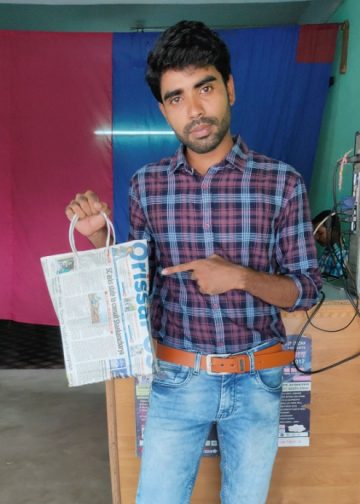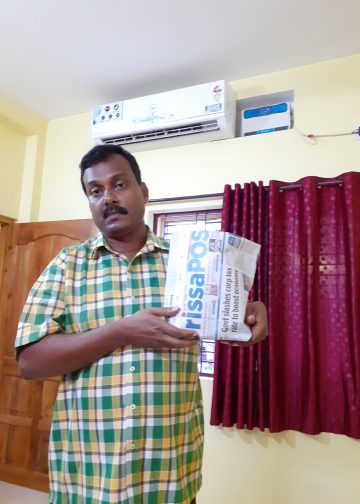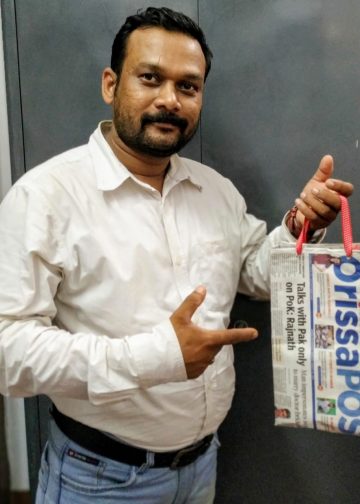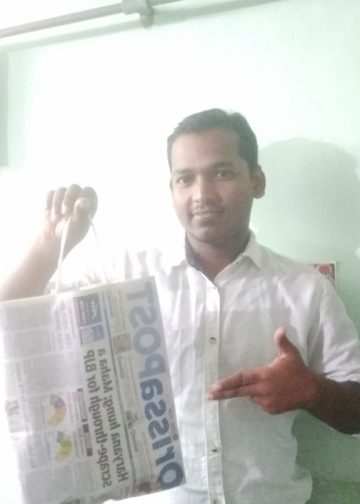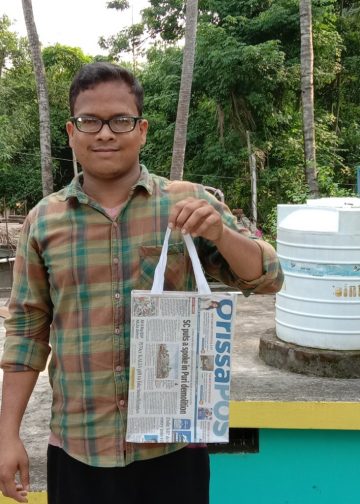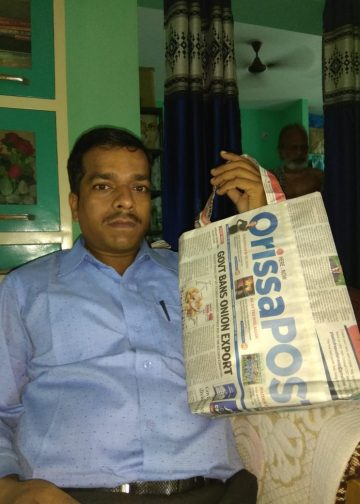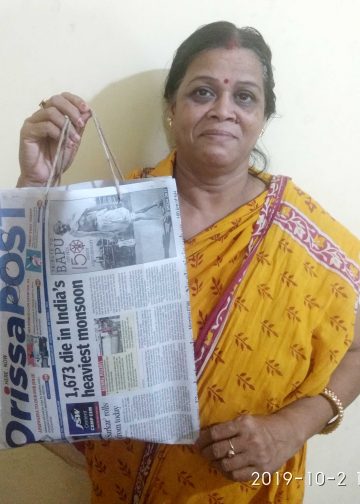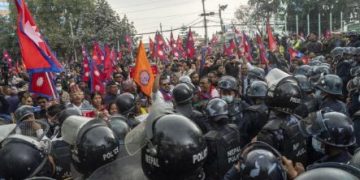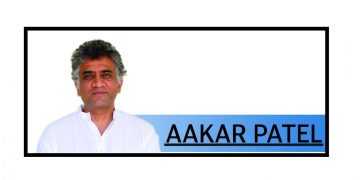Joda: Located in Odisha’s Keonjhar district, Joda boasts the state’s highest concentration of mining areas. However, the region has failed to evolve beyond mining, with no significant industrial establishments to show for its rich mineral resources. Despite the extensive extraction of minerals that are transported to other states, Joda has seen no industrial growth, leaving local residents grappling with unemployment and hardship.
Joda’s mining cluster comprises 90 mines, but only 34 remain operational with 56 closed due to various legal and regulatory issues. Odisha generates approximately Rs 46,000 crore annually from mining revenue, of which Joda mining division alone contributes about Rs 21,000 crore. The target for mining revenue from Joda this fiscal year is set at Rs 22,000 crore.
Mining in Joda began in 1907 when a private company initiated operations. For 117 years, the region has supplied millions of tonnes of iron ore to a massive steel plant in Jharkhand via rail and road routes. Another major mine in Jajang, part of the Joda cluster, began extracting iron ores in 1966. Over time, the associated companies exported millions of tonnes of ore, reaping enormous profits. Rather than establishing a large-scale steel industry, small sponge iron plants were set up in and around Joda.
This focus on medium and small-scale industries instead of large-scale projects led to neglect of the district’s and state’s potential for development. While Jharkhand built a massive steel plant using Odisha’s iron ore, Joda and its surroundings remained overlooked and neglected. From the 1970s to 2020, extensive mining continued in the region. Yet, when leases expired, mining companies showed little interest in converting the area into an industrial hub, leaving behind only extraction sites and unrealised potential.
For nearly five decades, companies operating in regions like Kashia, Tonto, and Guali have been engaged in mining activities solely for profit, establishing pellet plants, sponge iron factories, and iron ore beneficiation plants. According to sources from the Mines department, approximately 8.3 crore metric tonnes iron ore has been extracted from the Joda mining area, of which 7.74 crore metric tonnes has been transported. Despite the abundant mining activities, the Joda mining belt lacks any major steel industry.
Instead, 23 medium-scale industries exist, primarily focused on securing the mines and generating revenue. However, many of these industries were reportedly found to be remaining non-operational most of the time. The Central government’s incentives kindled hopes for a transformative shift in the mining sector. In 2015, the government introduced a new mining policy, and by 2020, the auctioning of mines began. This attracted interest from multinational and international mining companies, leading to significant investment proposals for Odisha. To support this, the then Odisha government organised the ‘Make in Odisha’ conclave. However, the dream of establishing a major steel industry in the region remained unrealised.
Subsequently, the new state government has initiated efforts to revive this ambition, with Chief Minister Mohan Charan Majhi pledging to establish a major steel industry in the district. Speaking on the matter, Joda BJP leader Ranjit Mahakud emphasised the region’s abundant mineral resources and welcomed the move by the Chief Minister.
He urged public cooperation in this initiative and proposed that the government can utilise approximately 17 acres of idle land, previously belonging to the defunct Kalinga Iron Factory in Barbil Matkambeda, for establishing a new large-scale steel plant.
PNN








